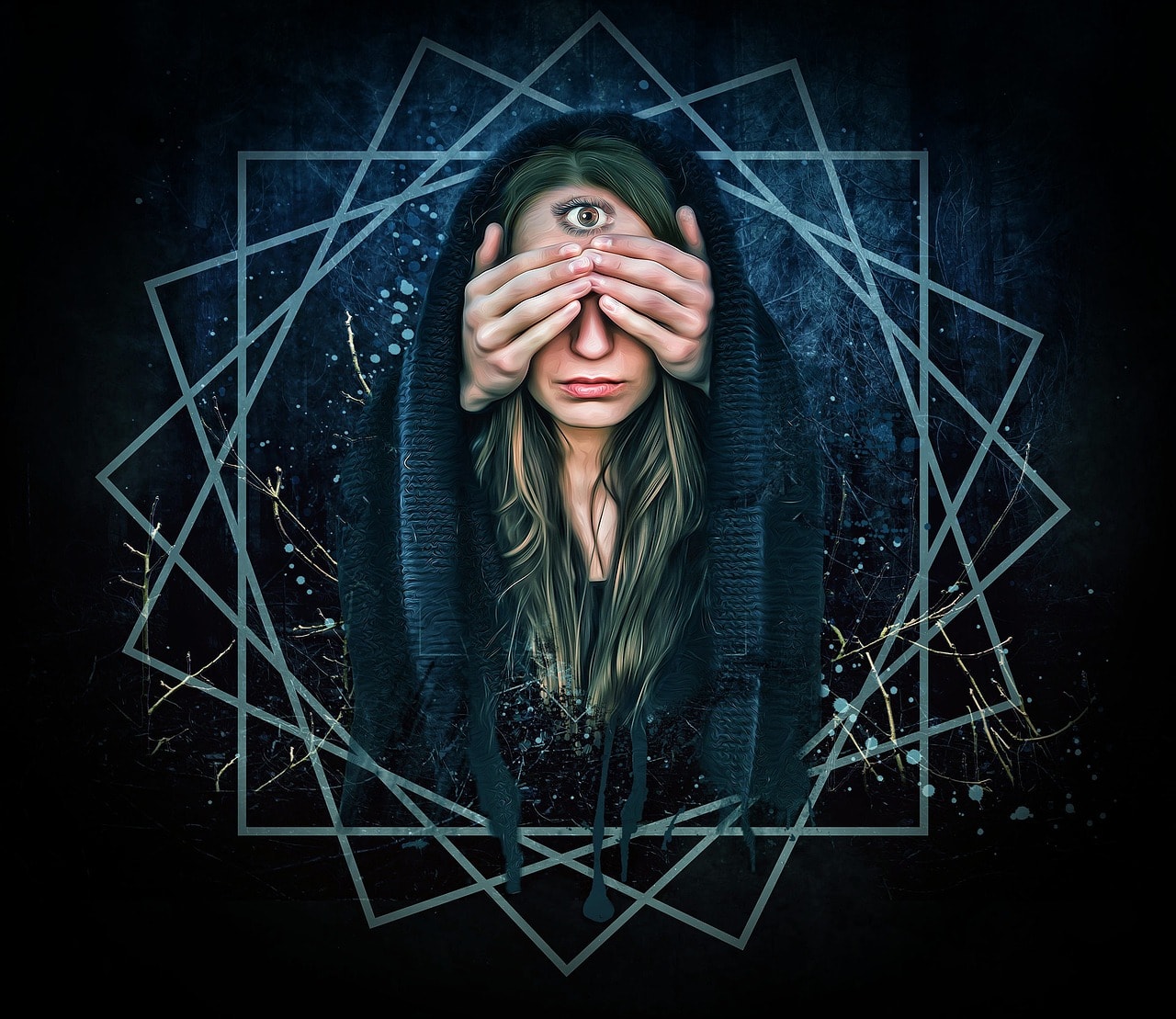
Table of Contents
A revered tool of seers and mystics, the third eye is associated with all things psychic. Many aim to awaken it for guidance, creativity, wisdom, healing, and spiritual awakening. Different cultures and religions have their own beliefs about the third eye. Here’s a closer look at the meaning and symbolism of the third eye.
What Is the Third Eye?
While there’s no one set definition for the concept, the third eye is associated with perceptive, intuitive, and spiritual abilities. It’s also called the eye of the mind or the inner eye because it’s compared to seeing something with a more intuitive eye. While it’s only a metaphor, some associate it with seeing auras, clairvoyance, and having out-of-body experiences.
In Hinduism, the third eye corresponds to the sixth chakra or Ajna, which is found on the forehead between the eyebrows. It’s the center of intuition and wisdom, as well as the gateway of spiritual energy. If the third eye chakra is in balance, your thinking and health will be enhanced.
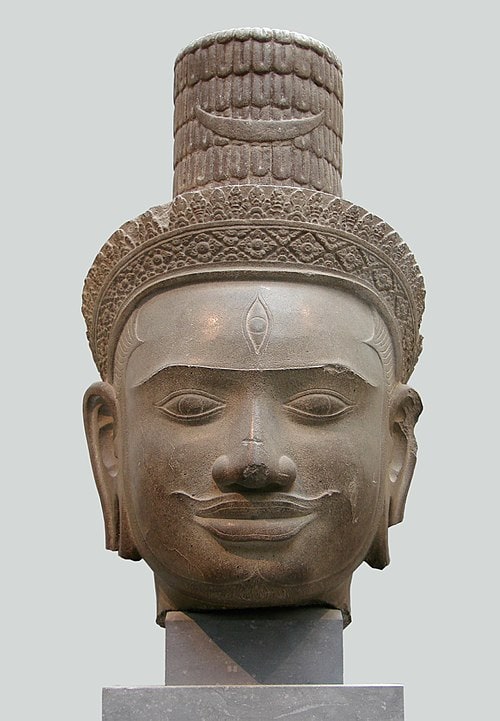
The concept of the third eye comes from the primary function of the pineal gland, a pea-sized structure of the brain that responds to light and darkness. It’s sometimes called the seat of the soul.
Many believe that it serves as a connection between the physical and spiritual worlds. No wonder, the third eye is also called the pineal eye. Still, the association between the gland itself and paranormal experience hasn’t been scientifically proven.
Symbolic Meaning of the Third Eye
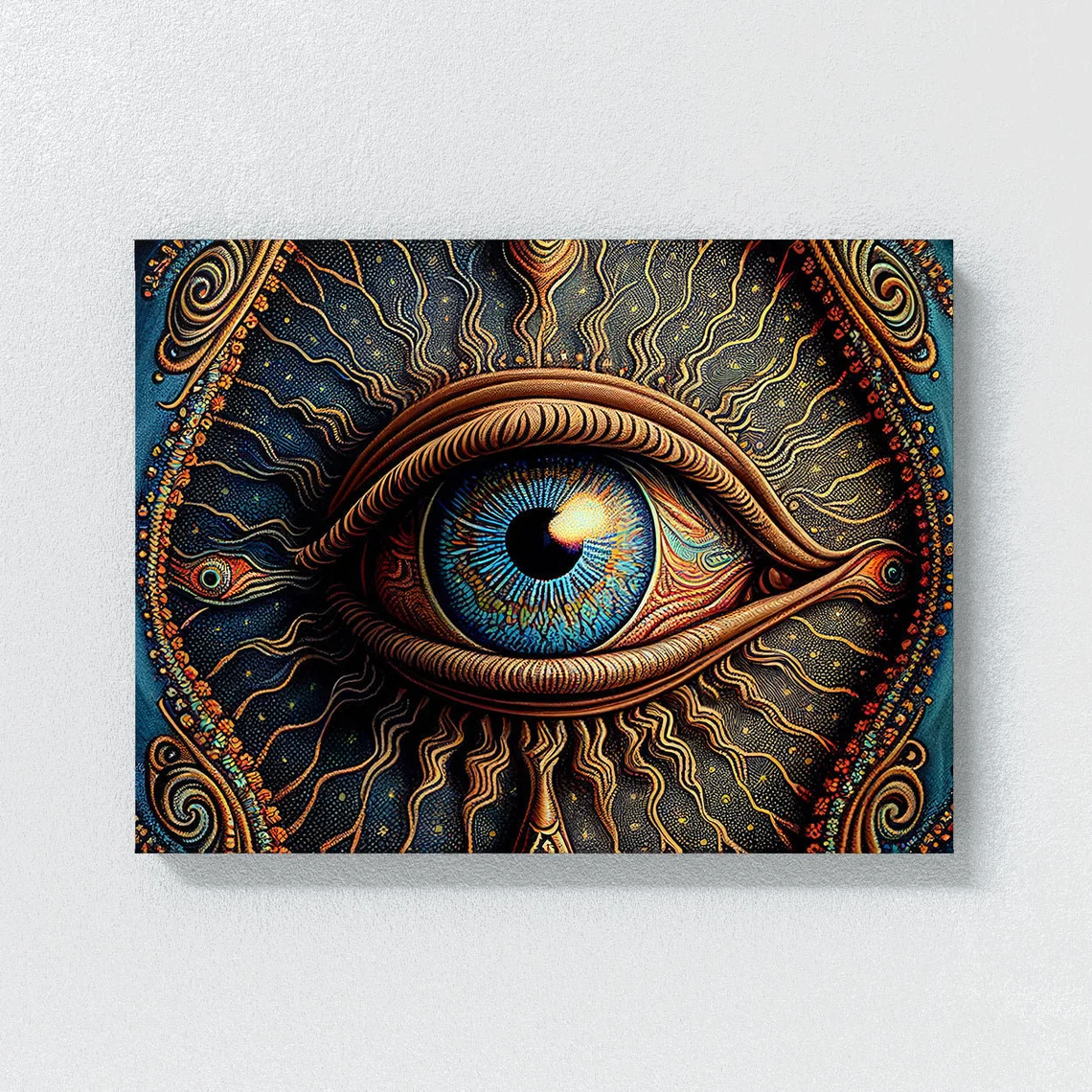
The third eye plays a significant role in different cultures and religions throughout the world. Here are some of its meanings:
1. A Symbol of Enlightenment
In Buddhism, the third eye appears on the forehead of deities or enlightened beings, such as Buddha. It’s a representation of higher consciousness—and it’s believed to guide people on seeing the world with their mind.
2. A Symbol of Divine Force
In Hinduism, the third eye is depicted on the forehead of Shiva, and it represents his forces of regeneration and destruction. In the Sanskrit epic Mahabharata, he turned Kama, the god of desire, into ashes by using his third eye. The Hindus also wear red dots or bindis on their forehead to symbolize their spiritual connection with the divine.
3. A Window to Spiritual World
In parapsychology, the study of unexplainable mental phenomena, the third eye serves as a gateway for spiritual communication, such as telepathy, clairvoyance, lucid dreaming and astral projection. In New Age spirituality, it’s also the ability to evoke mental images with psychological significance.
4. Inner Wisdom and Clarity
In Eastern and Western spiritual traditions, the third eye is associated with cosmic intelligence. When this eye is opened, it’s believed that a clearer perception of reality is revealed to the person. A Japanese scholar of Zen Buddhism even equates the opening of the third eye with the overcoming of ignorance.
5. Intuition and Insight
Associated with the sixth sense, the third eye is believed to perceive the things that the other five senses cannot perceive. It’s closely associated with intuition, the ability to understand things in an instant, without the use of logical reasoning.
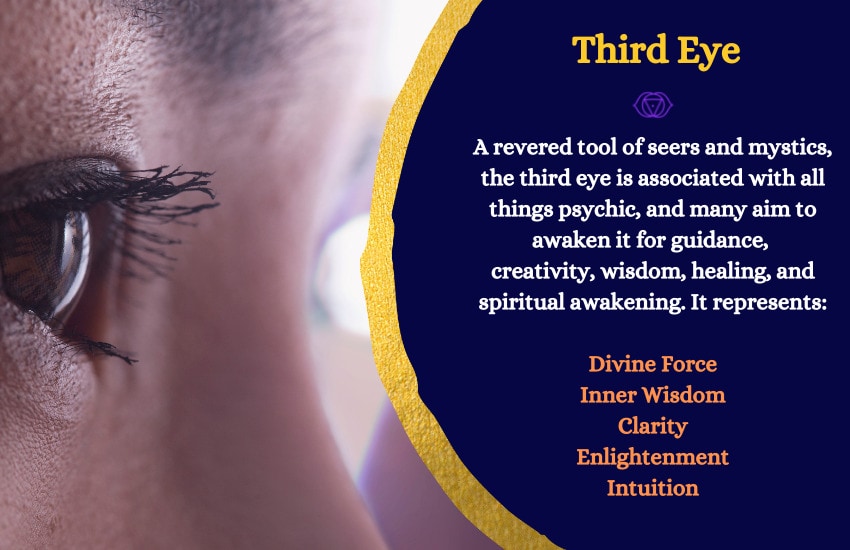
Third Eye in History
While there’s no scientific evidence that proves the existence of the third eye, many philosophers and physicians link it with the pineal gland. Some of the theories are based on superstitions and misunderstanding of the gland’s functions, but it can also give us insight into how the belief in the third eye developed.
The Pineal Gland and Writings of Galen
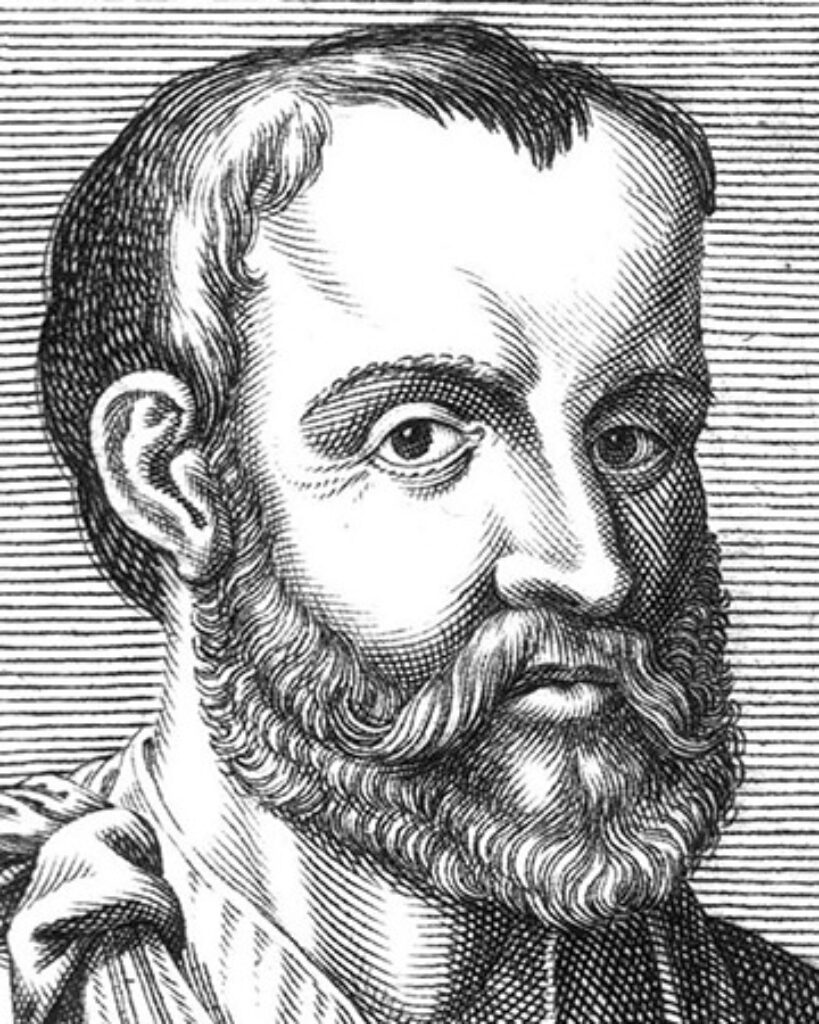
The first description of the pineal gland can be found in the writings of the Greek doctor and philosopher Galen, whose philosophy became influential around the 17th century. He named the gland pineal because of its resemblance to pine nuts.
However, Galen thought that the pineal gland functions to support blood vessels, and is responsible for the flow of psychic pneuma, a vaporous spirit substance he described as the first instrument of the soul. He believed that the soul or spirit flows in the form of air, from the lungs to the heart and the brain. Eventually, several theories were built upon his philosophy.
In Medieval Europe and Renaissance
By the time of Saint Thomas Aquinas, the pineal gland was regarded as the center of the soul, associating it with his theory of three cells. In the beginning of the 16th century, Niccolò Massa discovered that it was not filled with vaporous spirit substance—but instead with fluid. Later on, French philosopher Rene Descartes proposed that the pineal gland is the point of connection between the intellect and the physical body.
In his La Dioptrique, Rene Descartes believed that pineal gland is the seat of the soul and the place where thoughts are formed. According to him, the spirits flow from the pineal gland, and the nerves are hollow tubes filled with spirits. In the Treatise of Man, the gland was also thought to be involved with imagination, memory, sensation, and body movements.
In the Late 19th Century
It was around this time that the spiritual connection of the third eye became prevalent. Madame Blavatsky, the founder of theosophy, associated the third eye with the eye of the Hindu mystics and the eye of Shiva. The idea strengthened the belief that the pineal gland was an organ of spiritual vision.
In the Late 20th Century
Unfortunately, modern research and discoveries proved that Rene Descartes was wrong about his assumptions about the pineal gland. Still, the pineal remained widely identified with the third eye and given much spiritual significance.
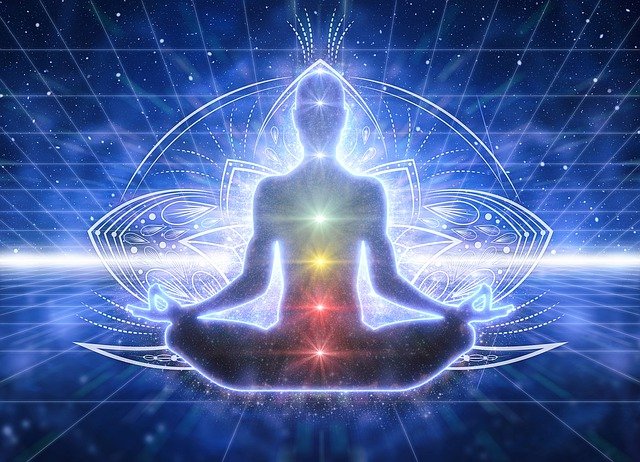
The Third Eye in Modern Times
Today, the third eye remains a subject of speculation—and the belief in the pineal gland as the third eye is still going strong.
- In Science, Medicine, and Parapsychology
Medically, the pineal gland produces the hormone melatonin, which helps in maintaining the circadian rhythm, which affects our waking and sleeping patterns. However, there is some evidence that the hallucinogenic drug dimethyltryptamine (or DMT) is also produced naturally by the pineal gland. When ingested, the substance causes hallucinatory experiences and loss of connection with the physical world.
Clinical psychiatrist Dr. Rick Strassman calls DMT the spirit molecule because it can affect human consciousness. He believes that it’s released by the pineal gland during REM sleep or dream state, and near death, which explains why some people claim to have near-death experiences.
As a result, the belief about the pineal gland as the gateway to higher spiritual realms and consciousness persist. Some researchers even speculate that the DMT can awaken the third eye, allowing communication with otherworldly and spiritual beings.
- In Yoga and Meditation
Some yoga practitioners believe that opening the third eye will help you see the world in a whole new way. Some practice meditation and chanting, while others utilize crystals. What’s more, essential oils and a proper diet play a role in purifying the pineal gland and awakening the third eye chakra.
Some try sun gazing as a form of meditation in hopes of increasing one’s clarity and improving spiritual connection. However, it’s important to note that there’s no scientific evidence to support these claims.
- In Pop Culture
The third eye remains a popular theme in novels and films, especially stories about characters with supernatural ability to see ghosts. It played an important role in the plots of the horror film Blood Creek, as well as on several episodes of the sci-fi television series The X-Files, particularly the Via Negativa episode. American television series Teen Wolf depicted Valack who had a hole in his skull, which gave him a third eye and enhanced abilities.
Frequently Asked Questions About the Third Eye
Because the third eye is linked to insight, perception, and awareness, opening your third eye is believed to give a person wisdom and intuition.
There is no exact way to open the third eye, but some believe that it can be done by meditation, with a focus on the space between the eyebrows.
The third eye is an ancient concept in Eastern cultures, but it was first associated with the pineal gland in the 19th century by Madame Blavatsky.
There are different accounts of how one experiences the opening of the third eye. Some people state that it feels like an explosion or awakening. Some other words used to describe this experience are implosion, arrival, break through, and even enlightenment.
In Brief
Many believe that the awakening of the third eye increases one’s intuitive, perceptive, and spiritual abilities. Because of this, practices like crystal healing, yoga, and meditation are done in hopes of unblocking the chakra. While there isn’t much research to support these claims, many are still hopeful that modern science could decode the mystery of the third eye.








